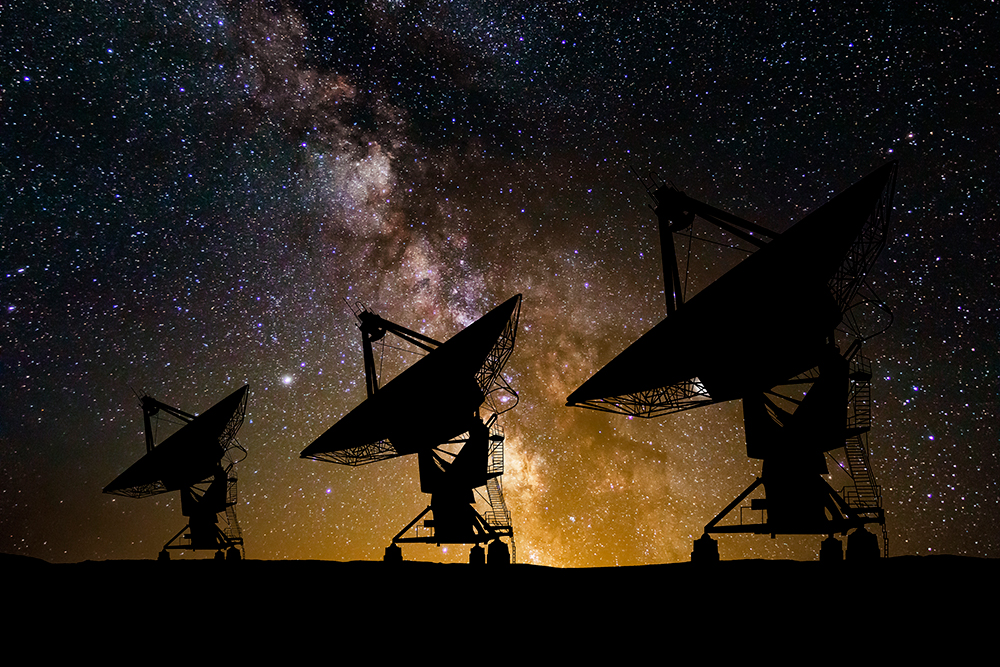The podcasts I’m recommending to everyone at the moment are Nasa’s Curious Universe and the Royal Astronomical Society’s The Supermassive Podcast. Both have me convinced there’s no topic better suited to the oral medium than space. Not even history.
Unless you happen to be an astronaut, you’ll find much of what is described so alien, that your imagination will go into overdrive. What does a Brown dwarf look like? What is the ‘tadpole’ orbit of a quasi-moon? The icy surface of Europa has red furrows which make it look like ‘a giant dragged its fingernails’ across it. How did those furrows get there? You will probably find the images summoned in your head offset the urge to reach for Google. The experience is exhilarating and strangely comforting – like seeing a new world through the eyes of a baby.
Nasa’s is the slicker of the two. It is now in its eighth series and has dropped down from an episode a week to one a month, which is understandable given the depth of research and level of scripting. The regular hosts, Padi Boyd and Jacob Pinter, are an astrophysicist and audio producer respectively, and are joined by people with some of the most interesting job titles I’ve ever heard.
Recently, it was the turn of a ‘hurricane hunter pilot’ to describe his work, which principally consists of flying directly into storms to gather data. We joined Dean aboard Kermit, one of the aircraft used in Florida (another is named Miss Piggy and there’s also Gonzo, which is proof that meteorologists can be fun).








Comments
Join the debate for just £1 a month
Be part of the conversation with other Spectator readers by getting your first three months for £3.
UNLOCK ACCESS Just £1 a monthAlready a subscriber? Log in